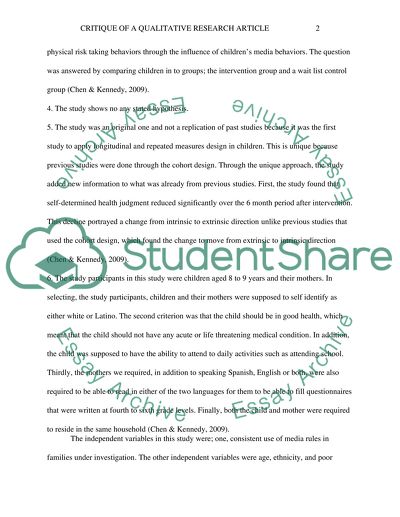Cite this document
(“Critique of a qualitative research article Essay”, n.d.)
Critique of a qualitative research article Essay. Retrieved from https://studentshare.org/nursing/1491995-critique-of-a-qualitative-research-article
Critique of a qualitative research article Essay. Retrieved from https://studentshare.org/nursing/1491995-critique-of-a-qualitative-research-article
(Critique of a Qualitative Research Article Essay)
Critique of a Qualitative Research Article Essay. https://studentshare.org/nursing/1491995-critique-of-a-qualitative-research-article.
Critique of a Qualitative Research Article Essay. https://studentshare.org/nursing/1491995-critique-of-a-qualitative-research-article.
“Critique of a Qualitative Research Article Essay”, n.d. https://studentshare.org/nursing/1491995-critique-of-a-qualitative-research-article.


